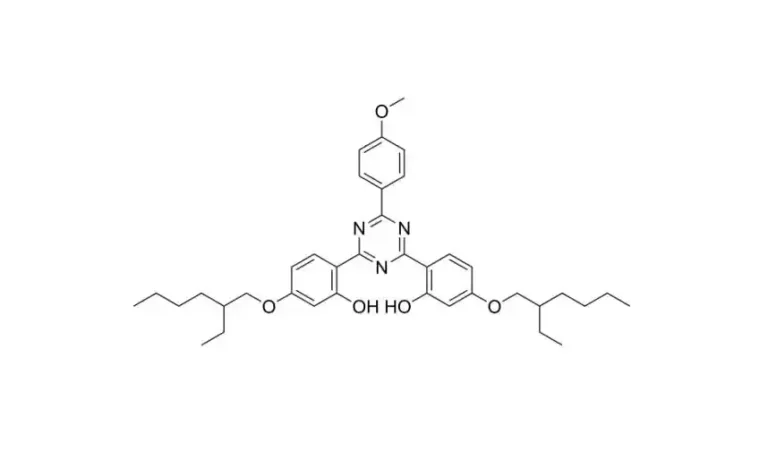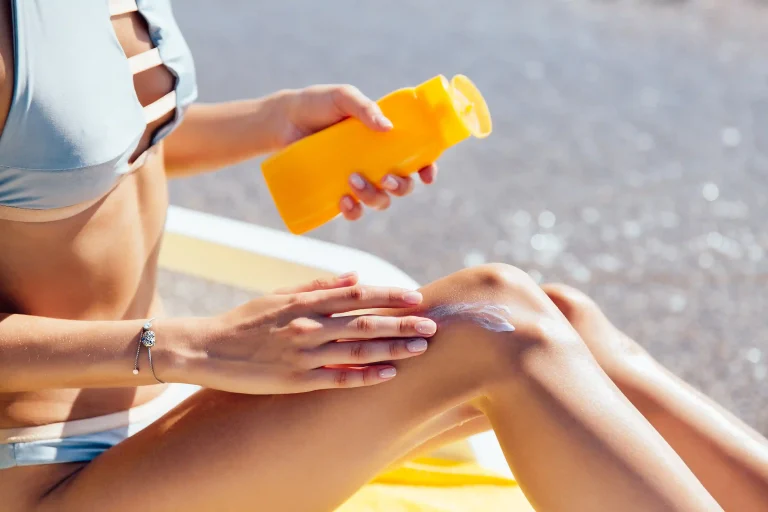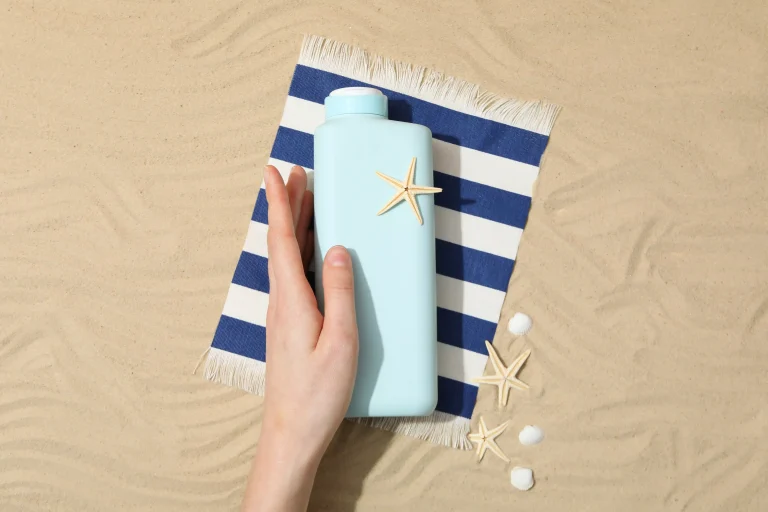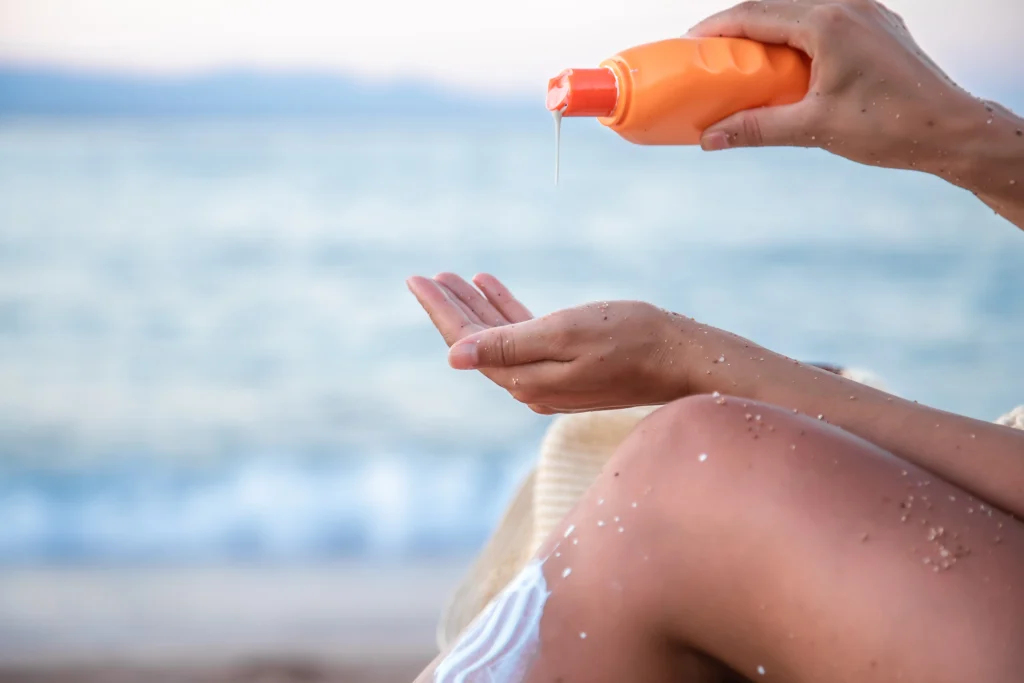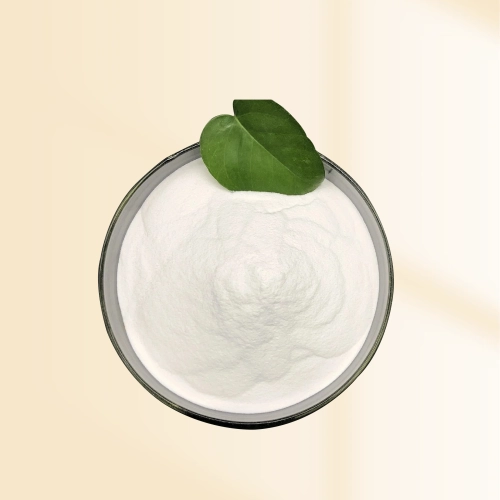In today’s tech-driven world, we rely heavily on devices like smartphones, laptops, and tablets. This reliance exposes us to a relentless stream of blue light. Traditionally, we connect sunscreen with safeguarding skin from the sun’s UV rays. Yet, recent studies reveal that blue light also poses risks to our skin. It speeds up aging, causes uneven coloring, and triggers redness. Zinc oxide sunscreen powders step in as a handy and potent option. They defend skin from both UV rays and blue light. In this blog, we’ll explore how these powders operate, their perks, and why they’re gaining traction in today’s skincare habits. We’ll also shine a light on BFP, a dependable source of premium zinc oxide products, and tackle some frequent questions about this forward-thinking skincare choice.
What is Blue Light?
Blue light is a high-energy visible (HEV) light. It has a short wavelength, typically spanning 400 to 500 nanometers. As part of the visible light spectrum, it delivers a strong burst of energy due to its intense nature. The sun serves as the chief natural source of blue light. However, artificial sources—such as screens, LED lights, and fluorescent bulbs—greatly boost our everyday exposure.
Sources of Blue Light
- Sunlight: The most abundant natural provider.
- Digital Devices: Phones, laptops, tablets, and TVs emit blue light nonstop.
- Artificial Lighting: LED and fluorescent lights in homes and workplaces.
Why Blue Light Affects Skin Health
UV rays mostly hit the skin’s surface. Blue light, however, dives deeper into the dermis. This deeper reach sparks several concerns:
- Faster Aging: Blue light creates reactive oxygen species (ROS). These damage collagen and elastin. Wrinkles form, and skin loses its bounce.
- Uneven Coloring: It can ramp up melanin output. This leads to dark patches, especially for those with medium to dark skin tones.
- Redness: Long exposure may cause sensitivity and irritation.
Screen time keeps climbing—many people average over 7 hours daily. Protecting skin from blue light isn’t optional anymore. It’s a must.
How Sunscreen Guards Against Blue Light
Sunscreens were first crafted to tackle UV rays. Now, their purpose has grown as we learn more about blue light’s effects. Sunscreens split into two types: chemical and physical (mineral). Chemical ones soak up UV rays and turn them into heat. Physical sunscreens, like those with zinc oxide, bounce light off the skin instead.
Zinc Oxide: A Blue Light Shield
Zinc oxide is a star player in many physical sunscreens. It shines at delivering all-around protection. Here’s how it works:
- Physical Bounce: Zinc oxide particles form a barrier on the skin. They reflect UV rays and visible light, including blue light.
- Full Coverage: It blocks UVA, UVB, and HEV light. This gives a total shield.
Studies highlight zinc oxide’s reflective power. It excels against blue light, unlike some chemical filters that only tackle specific UV ranges. This makes it a prime pick for round-the-clock defense—whether you’re outdoors or facing a screen.
Understanding Zinc Oxide Sunscreen Powders
Zinc oxide sunscreen powders offer a fresh spin on classic mineral sunscreens. Unlike thick creams or lotions, these powders feel light and non-sticky. They’re easy to apply and reapply throughout the day.
How Zinc Oxide Sunscreen Powders Operate
When you brush zinc oxide powder onto your skin, it builds a protective layer. This layer:
- Repels Light: It bounces UV and blue light away from the skin.
- Stays on Top: It sits on the surface, not sinking in. Protection starts right away.
- Cuts Irritation: It doesn’t seep into skin. This lowers the odds of clogged pores or reactions.
Benefits of Zinc Oxide Sunscreen Powders
Here’s why these powders are catching on:
| Perk | Details |
| Full Protection | Guards against UVA, UVB, and blue light all at once. |
| Gentle on Sensitive Skin | Less likely to irritate or cause breakouts than chemical options. |
| Easy to Use | Works over makeup or as a finishing powder for a clean look. |
| Long-Lasting | Holds up better than some chemical filters that fade under sunlight. |
These strengths make zinc oxide powders a great fit for daily use. They suit sensitive skin and fast-paced lives especially well.
How to Add Zinc Oxide Sunscreen Powders to Your Routine
Bringing zinc oxide powders into your daily habits is simple and practical. Here’s how to maximize them:
- Start Fresh: Clean your skin with your usual cleanser and moisturizer.
- Brush It On: Use a soft brush to spread the powder evenly over your face and neck.
- Layer Up: Add it over makeup for a sleek finish. Reapply as needed during the day.
- Keep It Up: Refresh every two hours, especially with long screen time or outdoor time.
This approach keeps protection steady. It fits seamlessly into your day and skincare setup.
BFP: A Trusted Supplier of Zinc Oxide Sunscreen Powders
Quality and trust matter when picking skincare items. BFP stands out here. BFP leads in supplying mineral UV filters. They focus on zinc oxide-based products. With a drive for innovation and top standards, BFP ensures their offerings excel in skin defense.
Spotlight on BFP-Z40ST
BFP’s top product, BFP-Z40ST, is a premium zinc oxide sunscreen powder. It’s built for standout results. Key traits include:
- Pure Zinc Oxide: Offers peak protection against UV and blue light.
- Light Feel: Goes on smoothly without weighing skin down.
- Versatile: Works alone or layered with other products.
BFP’s focus on quality makes BFP-Z40ST a favored option for effective, reliable skincare.
FAQs About Zinc Oxide Sunscreen Powders and Blue Light Protection
1. Does zinc oxide sunscreen powder really block blue light?
Yes, it does! Zinc oxide physically reflects light, including blue light, away from your skin. It acts as a solid barrier against UV rays and HEV light from screens.
2. How often should I reapply zinc oxide sunscreen powder?
For top protection, reapply every two hours. Do it more often if you’re sweating, swimming, or spending long stretches outside or at screens.
3. Is zinc oxide sunscreen powder safe for sensitive skin?
Yes, it is! Zinc oxide is mild and non-irritating. Most skin types, including sensitive or acne-prone ones, handle it well. Still, test it on a small patch first.
Conclusion
Blue light is a rising issue in our screen-filled lives. But you don’t have to let it hurt your skin. Zinc oxide sunscreen powders provide a smart, strong way to shield against UV rays and blue light. With their full coverage, gentle nature, and ease of use, they’re a clever addition to any skincare lineup. Thanks to trusted names like BFP and products like BFP-Z40ST, you get high-quality protection built for today’s demands. Ready to guard your skin? Check out BFP’s zinc oxide sunscreen powders now and take charge of your skin’s health.

